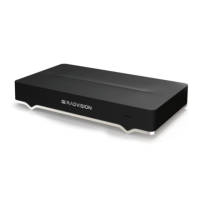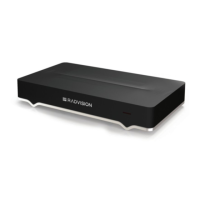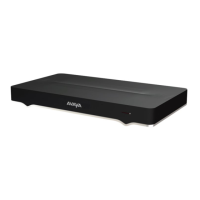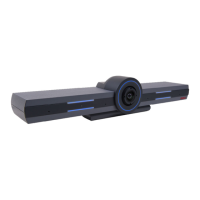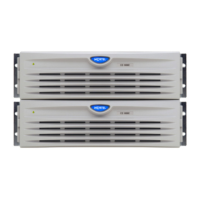2. Configure the camera connection as described in Table 25: Configuring general camera
settings on page 117:
Table 25: Configuring general camera settings
Field Name Description
Default camera Select the port of the XT Codec Unit which you connected the default camera, which is
automatically activated when the system powers up. To configure your default camera
for the XT5000 Series, you can choose between HD1, [HD2, HD3, HD4 using the
Avaya Scopia
®
XT Camera Switch], DVI, or USB. To configure the default camera for
the XT7000 Series, you can choose between HD1, HD2, [HD3, HD4, HD5 using the
Avaya Scopia
®
XT Camera Switch], DVI, or USB.
Figure 74: Video inputs of the XT Codec Unit (XT5000 Series)
Figure 75: Video inputs of the XT Codec Unit (XT7000 Series)
• HD1( or HD1/HD2 in the case of the XT7000 Series): Select if you connected the
PTZ camera to the HDMI input of the XT Codec Unit. This is the most common
configuration.
If you connected multiple cameras with the Avaya Scopia
®
XT Camera Switch,
select the HD port of the Avaya Scopia
®
XT Camera Switch to which you connected
the default camera, from HD1- HD4. For the XT7000 Series, select the HD port of
the XT7000 Series or the Avaya Scopia
®
XT Camera Switch to which you connected
the default camera, from HD1–HD5.
• USB: Select if your default camera is connected to the upper USB port (for example,
using the XT Executive's built-in camera or the Avaya USB H100 HD Video Camera
as the main camera. You must always plug USB cameras into the upper USB slot on
the rear of the XT panel.
Table continues…
Configuring Cameras
January 2017 Avaya Scopia
®
XT Series Deployment Guide 117
Comments on this document? infodev@avaya.com

